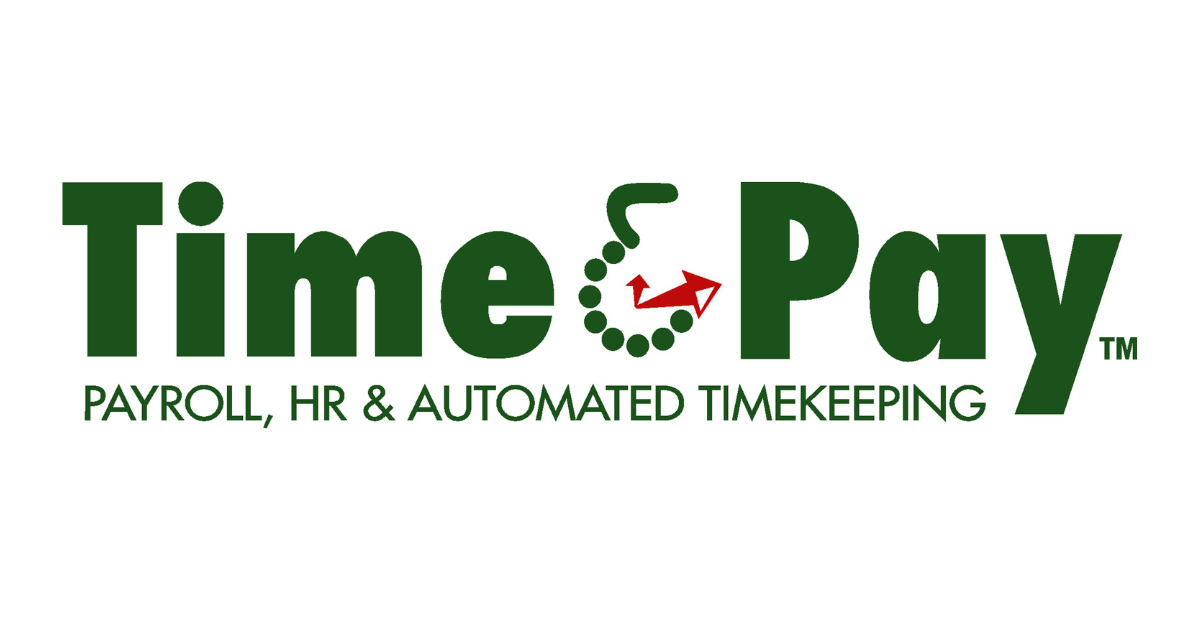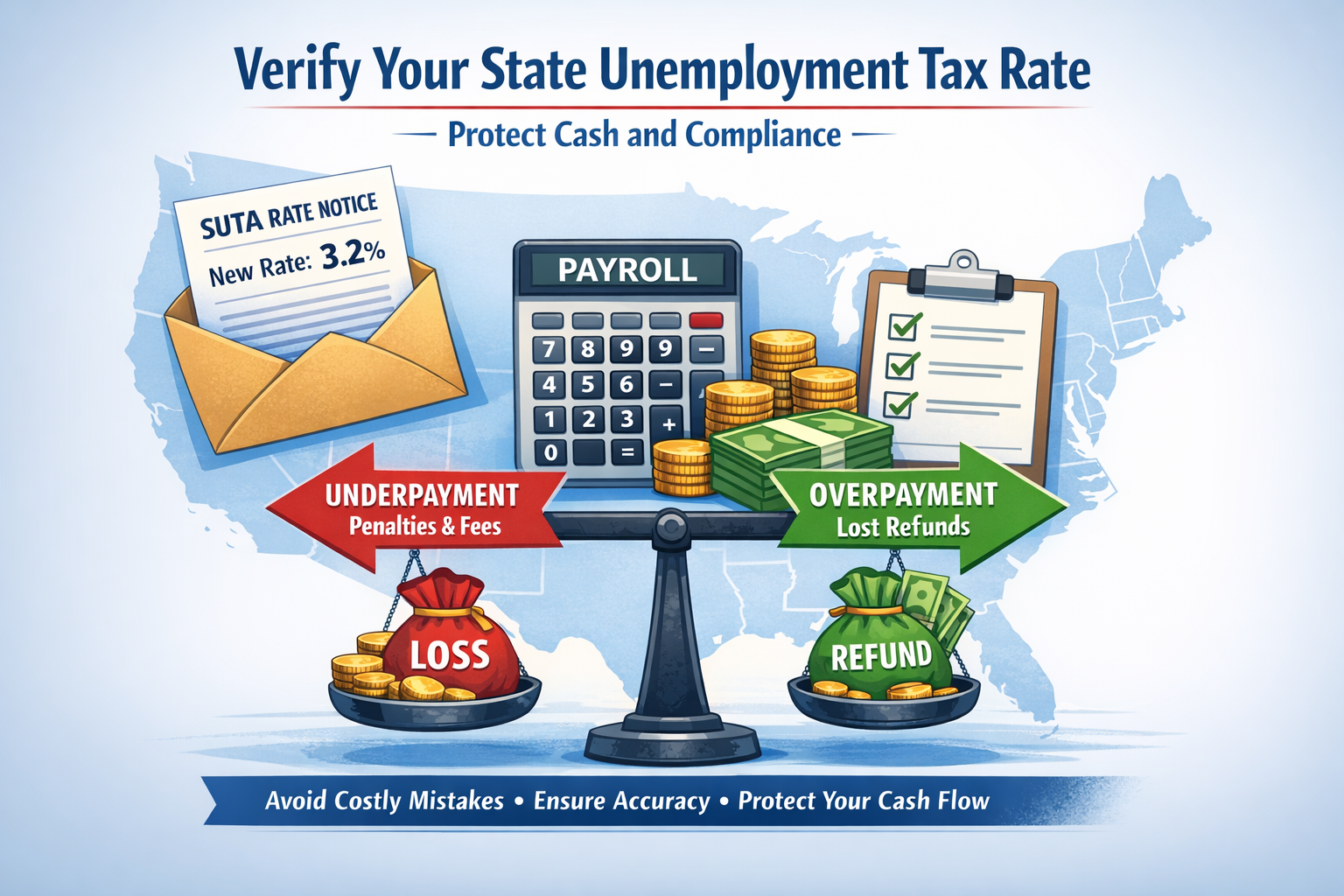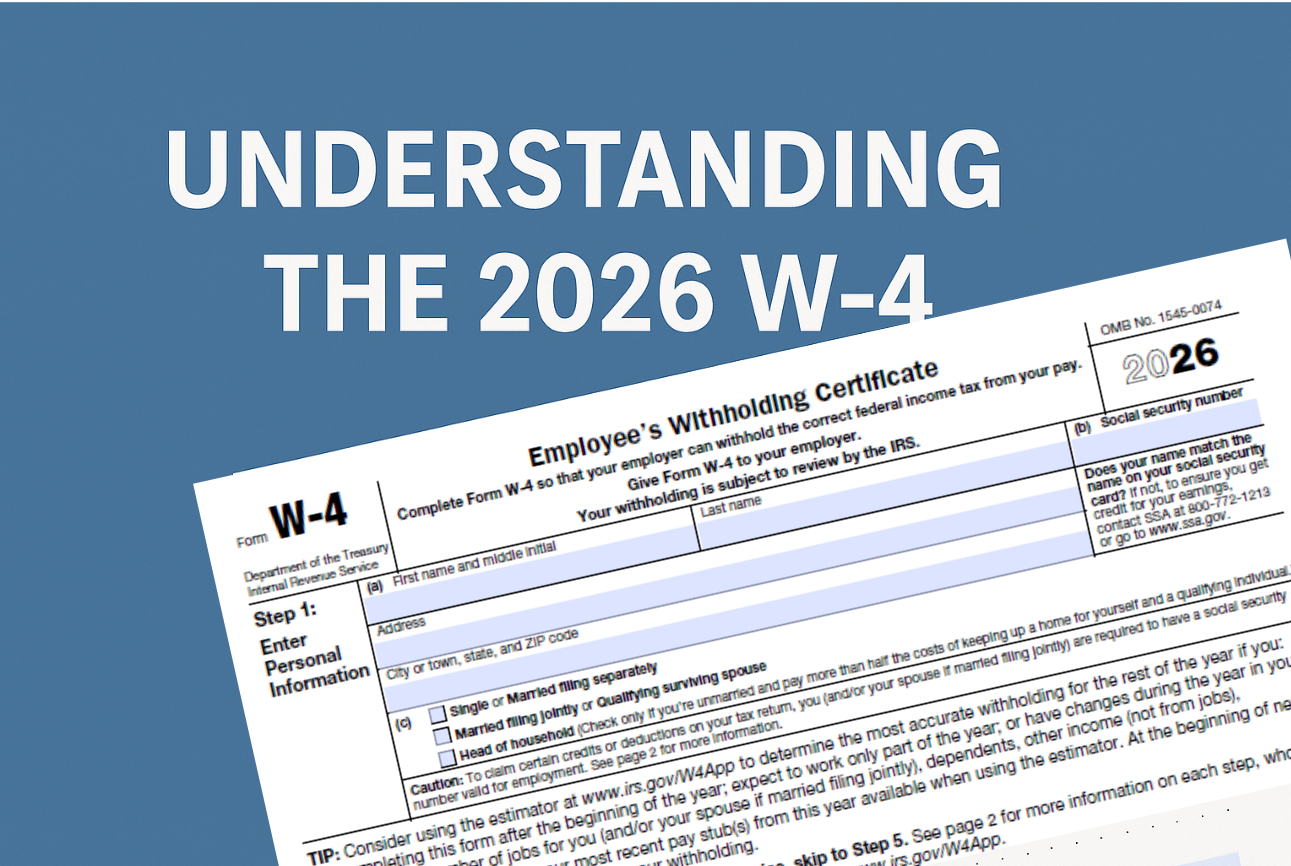What's New?
In a significant development for employers, the U.S. Department of Labor (DOL) has officially reissued a 2019 Opinion Letter that clarifies how to determine whether a worker qualifies as an independent contractor (IC) or an employee under the Fair Labor Standards Act (FLSA). This letter, originally issued during the first Trump Administration and rescinded under the Biden Administration, has now been restored.
The Opinion Letter outlines six key factors used to evaluate a worker’s status, signaling a shift away from the more restrictive interpretations previously advanced under Democratic administrations. Employers that rely on independent contractors — or are considering converting contractors to employee roles — should take note.
The Six Factors for Independent Contractor Classification
1. Control Over the Worker’s Services
The focus is no longer on how the work is performed (as emphasized during the Obama and Biden eras), but instead on whether the business limits the worker’s ability to serve other clients or competitors. If the worker can freely operate an independent business, this leans toward contractor status.
2. Permanency of the Relationship
Previous administrations viewed long-standing working relationships as indicative of employment. However, the reissued Opinion Letter emphasizes that an ongoing relationship may still be consistent with contractor status if both parties continue to benefit from the arrangement.
3. Investment in Equipment or Facilities
This factor no longer compares the relative investments of the employer and the worker. Instead, it focuses on whether the worker provides their own tools and resources, signaling more independence and supporting IC classification.
4. Skill and Initiative
Contractors should bring specialized skills and entrepreneurial initiative to the table, rather than merely performing tasks under the company’s direction.
5. Opportunity for Profit or Loss
If the worker has control over their own profitability, such as setting rates or choosing which clients to serve, that supports IC status.
6. Integration into the Business
The final factor considers how essential the worker’s services are to the employer’s business operations. The more integrated the services, the more likely the worker is an employee.
What This Means for Employers
This Opinion Letter provides a more business-friendly framework for evaluating independent contractor relationships. It offers employers more flexibility but also greater responsibility to ensure classifications are done correctly. Misclassifying a worker can lead to wage claims, tax penalties, and legal exposure.
How Time & Pay Can Help with IC-to-Employee Transitions
For businesses that now find themselves needing to reclassify independent contractors as employees, Time & Pay is here to help make that transition smooth and compliant.
Here’s how we support employers during this critical shift:
✅ Compliant Onboarding
Our digital onboarding system ensures new employees are brought on quickly and securely, collecting all required forms (W-4s, I-9s, etc.) and automating notifications for E-Verify and state requirements.
✅ Accurate Payroll Setup
We’ll help configure employee classifications, tax withholdings, benefits eligibility, and wage calculations based on hours worked or salaries — all in line with federal and state regulations.
✅ Time & Attendance Integration
Our automated timekeeping system eliminates guesswork by accurately tracking hours worked, breaks, overtime, and PTO — essential when transitioning from project-based contractor billing to hourly wage reporting.
✅ HR Compliance Guidance
From employee handbooks to classification audits and documentation, we offer hands-on HR support to help your business stay compliant and avoid DOL audits or penalties.
✅ Seamless Data Conversion
Whether you’ve been paying contractors via 1099s or through a separate platform, we’ll help migrate historical data, issue final 1099s, and ensure accurate W-2 issuance moving forward.
Ready to Reclassify With Confidence?
As worker classification rules evolve, getting it right has never been more important. Whether you’re proactively evaluating your workforce or reacting to DOL guidance, Time & Pay has the tools and expertise to make compliance easy — and payroll personal.
Contact us today to schedule a consultation and learn how we can support your team through every step of the transition.




